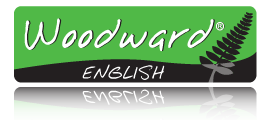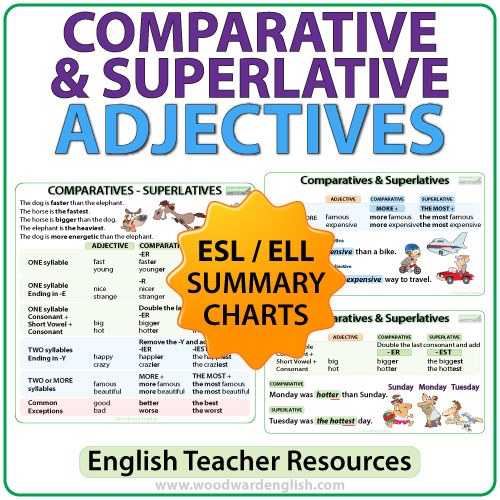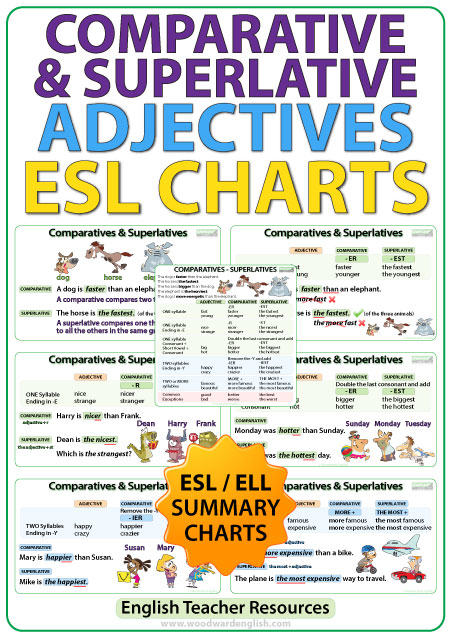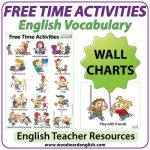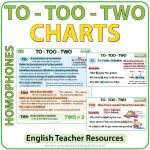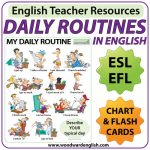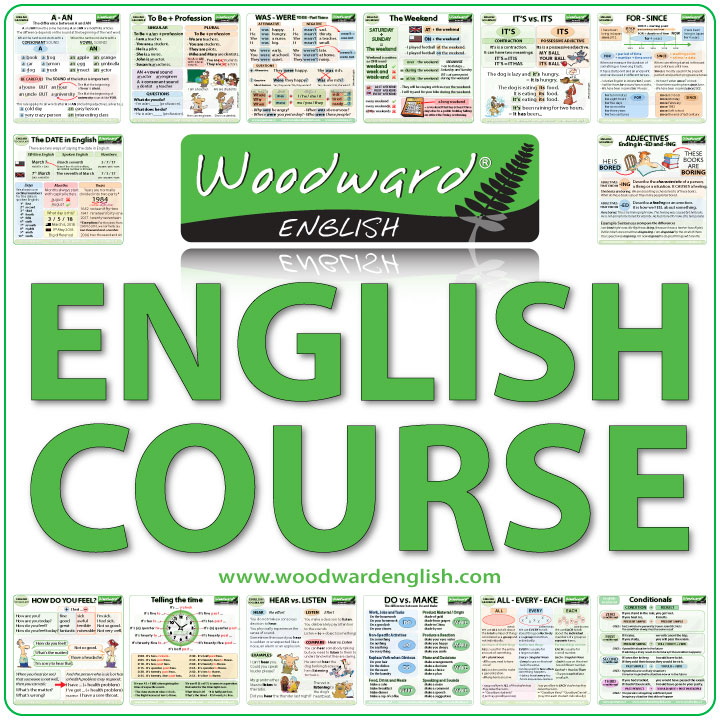Description
Comparative and Superlative Adjectives in English – ESL/ELL Charts
Comparatives and superlatives are used to compare people, places, or things.
ESL students sometimes say “more fast” instead faster or “more good” instead of better.
Our charts are a summary of the main rules regarding the spelling and correct use of comparatives and superlatives in English.
These charts are divided into the following:
– Summary chart (general rules)
– The difference between a comparative and a superlative.
– Adjectives with one syllable – adding -ER and -EST
– One-syllable adjectives ending in E. (e.g. nice, strange)
– Doubling the final consonant (e.g. big, hot)
– Two-syllable adjectives ending in Y. (e.g. happy, crazy)
– Adjectives with two or more syllables (e.g. famous, expensive)
– Two exceptions – Good and Bad
These charts about comparative adjectives and superlative adjectives and not adverbs.
I have also created a video on YouTube about this topic: Comparative and Superlative Adjectives – English Grammar Lesson (Suitable for the classroom).
You can watch this free video to have a better idea of the contents and examples of each chart.
CONTENT: This resource contains 8 Pages:
- Summary Chart – (1 page)
- The difference between a comparative and a superlative – (1 page)
- Adjectives with one syllable – (1 page)
- One-syllable adjectives ending in E – (1 page)
- Doubling the final consonant – (1 page)
- Two-syllable adjectives ending in Y – (1 page)
- Adjectives with two or more syllables – (1 page)
- Exceptions – Good / Bad – (1 page)
LEVEL: Pre-Intermediate (CEFR – A2 Level)
AGE: 8+
Format: .PDF
Afiches para aprender acerca de los comparativos y los superlativos en inglés.
